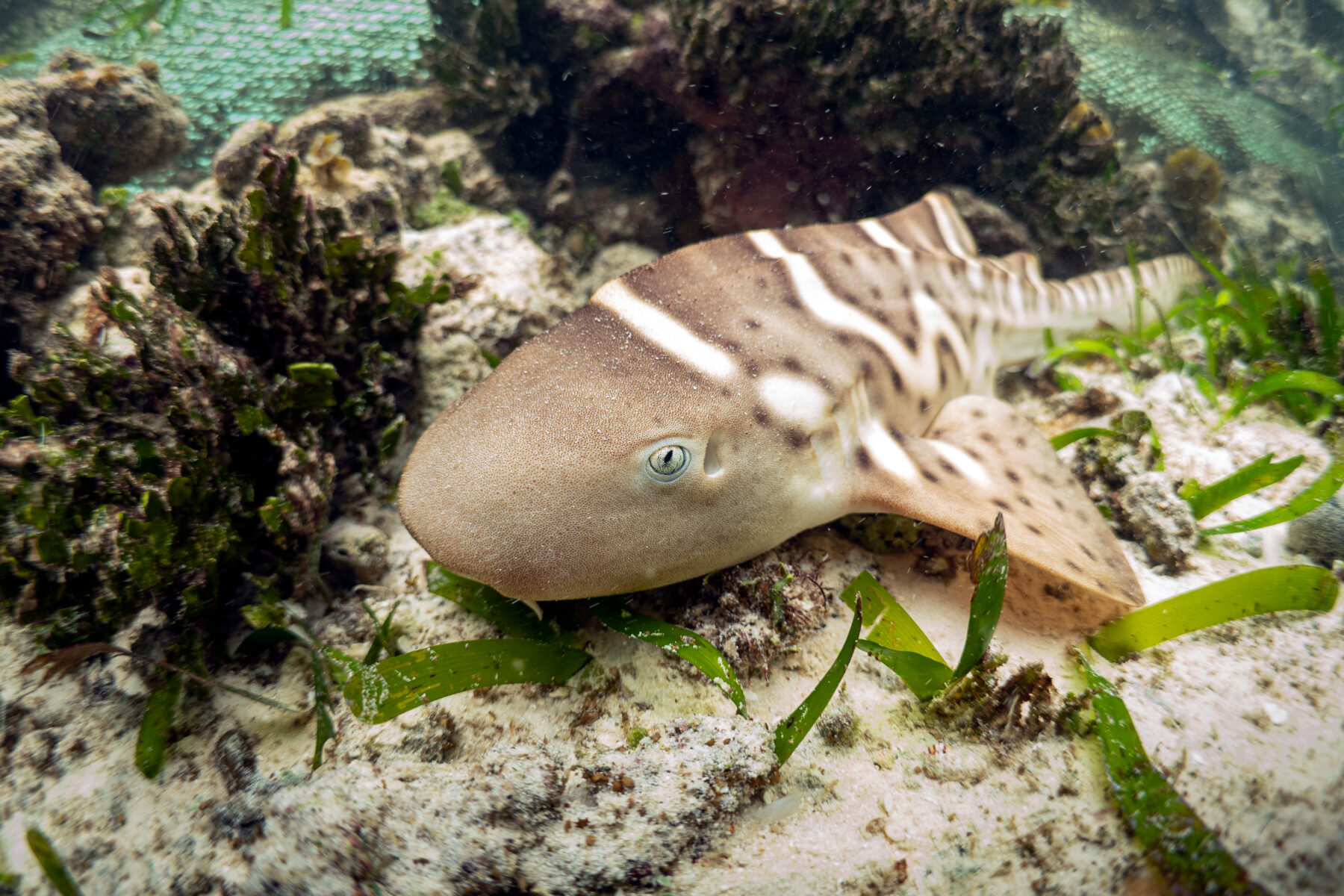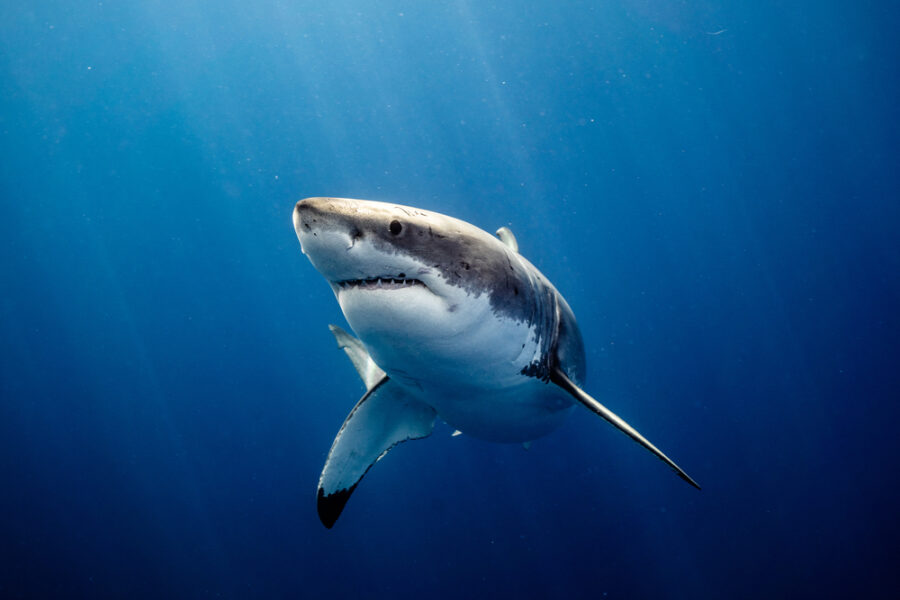It’s easy, at first, to think the famed reefs of Raja Ampat, in eastern Indonesia’s West Papua province, have avoided many of the stresses facing reefs elsewhere. Festooned with colourful corals and teeming with marine life – from fingernail-sized pygmy seahorses to manta rays with the wingspans of small planes – Raja Ampat’s reefs offer some of the world’s most mesmerising scuba-diving experiences. But there’s one sure sign that things are not as they should be: leopard sharks are rarely seen by divers here anymore.
The Indo-Pacific leopard shark (Stegostoma tigrinum), also known as the zebra shark, is easily identified by its striking spot pattern and long, slender tail. The species has a wide distribution in the tropical Indo-Pacific. Data collected by ecologist Dr Christine Dudgeon at The University of Queensland and University of the Sunshine Coast shows that they occur across the Indian Ocean and the western and central Pacific Ocean – from South Africa to Samoa and north to Japan.
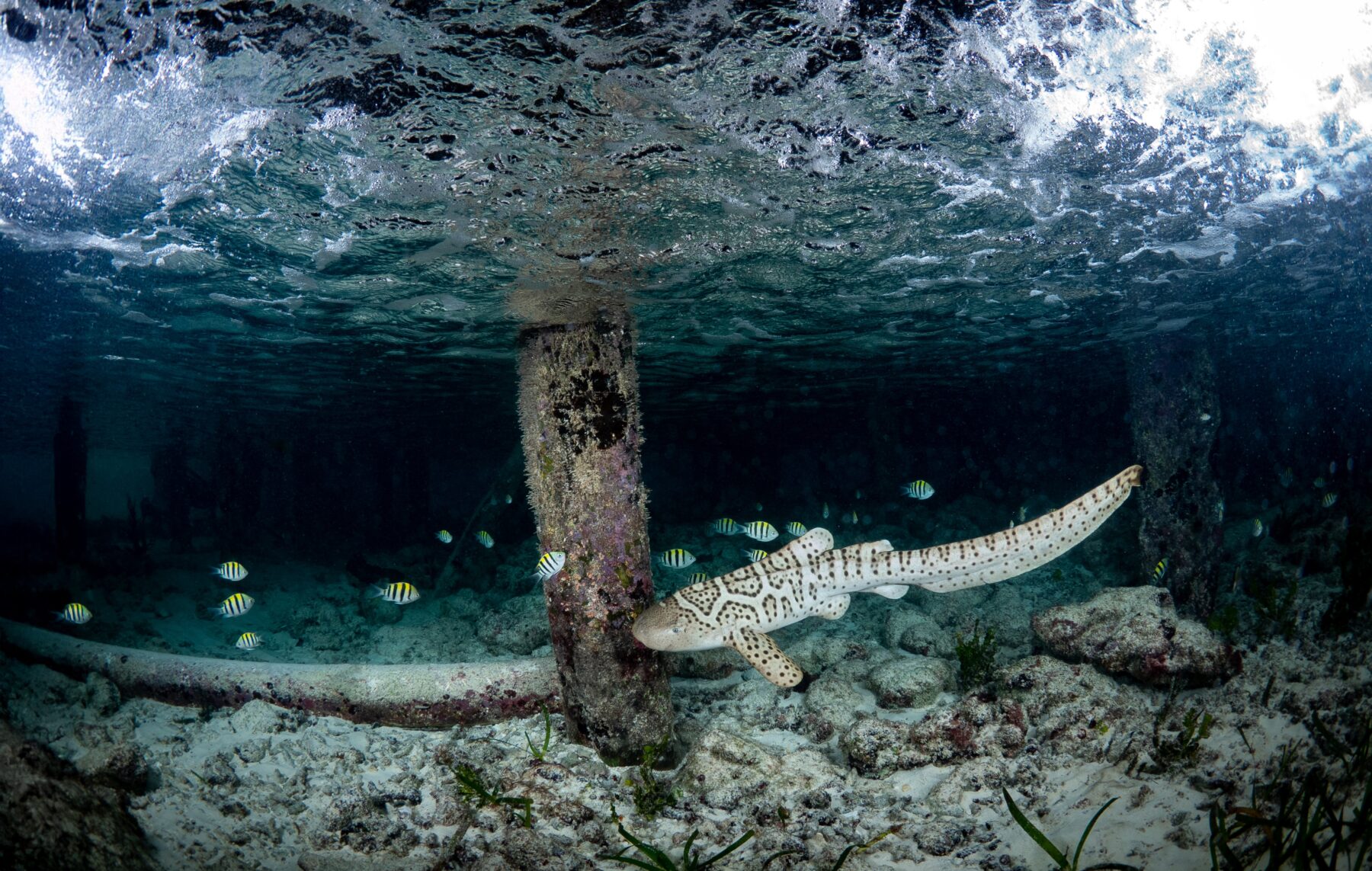
This leopard shark is often seen swimming languidly among the rocky reefs of northern New South Wales and South East Queensland during the warmer months, where it’s thought to breed before heading north to lay eggs on the Great Barrier Reef. The Cape Byron Leopard Shark Project, launched in 2019 by Byron Bay dive operator Sundive, recorded more than 420 individuals in the local Nguthungulli Julian Rocks Nature Reserve in 2023.
But although the species’ future is considered stable in Australian waters, that’s certainly not the case in Indonesia and beyond. The global population is currently listed as endangered and in decline on the IUCN Red List of Threatened Species.
Like most sharks, the Indo-Pacific leopard shark is harmless to humans. “They’re pretty special creatures with a lot of unique aspects to them,” says Christine, who has been studying the species for more than 20 years. “They’re taxonomically unique, being the only species in their family, the Stegostomatidae, and they’re the largest of the egg-laying sharks. Leopard sharks also have the ability to pump water over their gills, allowing them to breathe without swimming.”
The establishment of the Raja Ampat Marine Protected Area (MPA) network in 2007, followed by the declaration of the entire region as a shark and ray sanctuary in 2012 – the first of its kind in Southeast Asia – threw a lifeline to shark and ray species decimated by unregulated fishing for the international shark trade.
But by then the leopard shark was already functionally extinct locally, with an estimated 20 individuals spread throughout the 6 million hectares of the Raja Ampat archipelago, where jungle-cloaked limestone islands rise from a palette of tropical blues. Between 2001 and 2021, researchers spotted only three during 15,000 hours of searching.
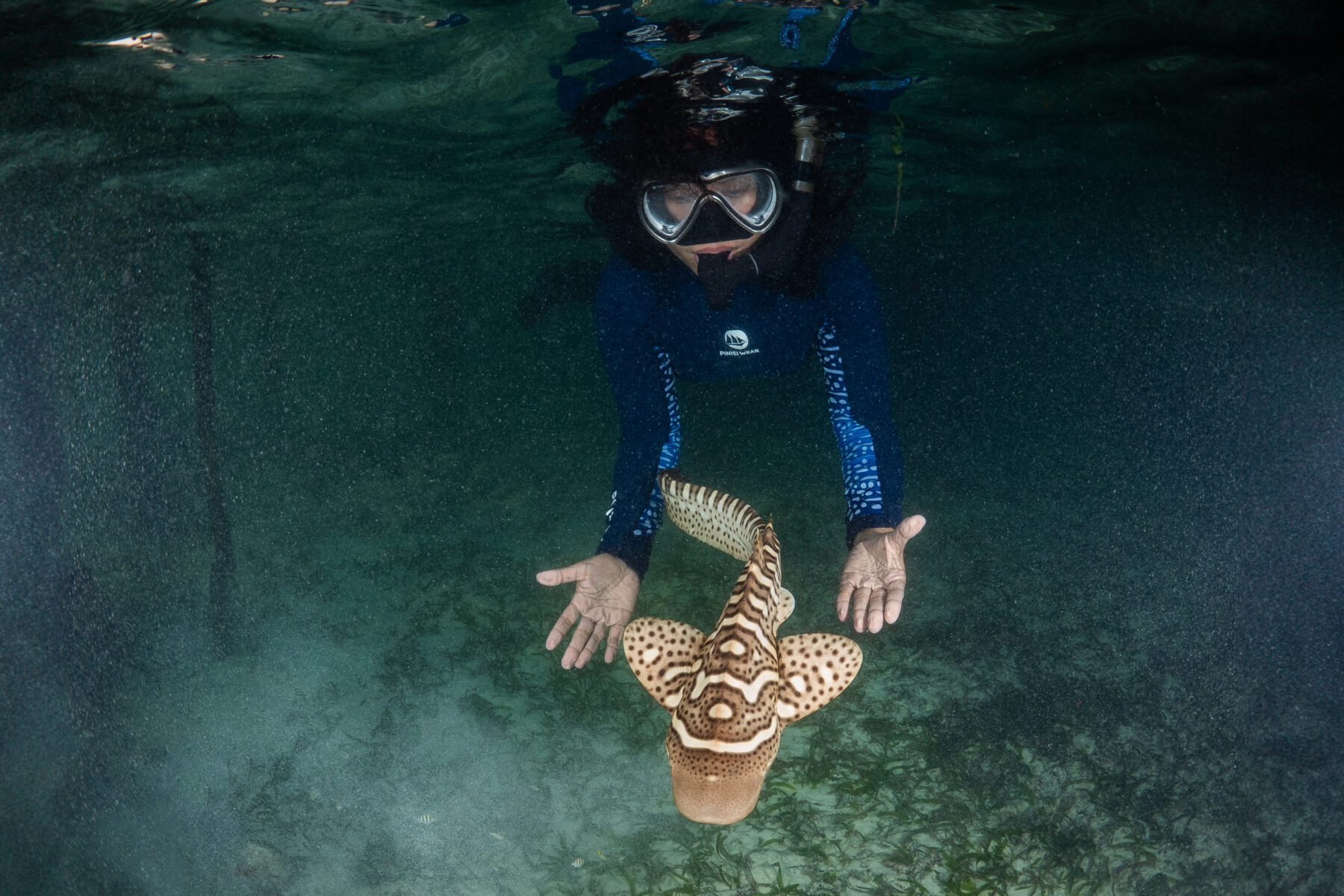
Enter ReShark, an international collective focused on recovering threatened sharks and rays around the world by re-establishing healthy, genetically diverse and self-sustaining populations. ReShark’s first conservation initiative, which began in 2020, is called the StAR (Stegostoma tigrinum Augmentation and Recovery) project, which aims to repopulate Raja Ampat with leopard sharks using eggs donated by aquariums across the globe.
The origin of the project dates back to 2015, when a reassessment of the shark for the IUCN Red List of Threatened Species, led by Christine, revealed an intriguing conservation asymmetry. “We knew that there were these issues in the wild, but leopard sharks actually seem to breed quite well in aquariums,” Christine says.
Initial discussions between Christine and Conservation International’s Dr Mark Erdmann (who was then working in Raja Ampat in collaboration with Singapore’s S.E.A. Aquarium) about the potential of an ex-situ conservation initiative for leopard sharks gained momentum during the pandemic. Support came from multiple levels of the Indonesian government, local NGOs, and the IUCN Species Survival Commission (SSC) Shark Specialist Group, helping to make the StAR project a reality. Christine and Mark both sit on its steering committee.
Typically reaching an average length of 2.4m, leopard sharks are commonly kept in Australian aquariums. With three adult leopard sharks (one male and two female) initially identified as genetically suitable to support the project, Sea Life Sydney Aquarium became the project’s first breeder institution.
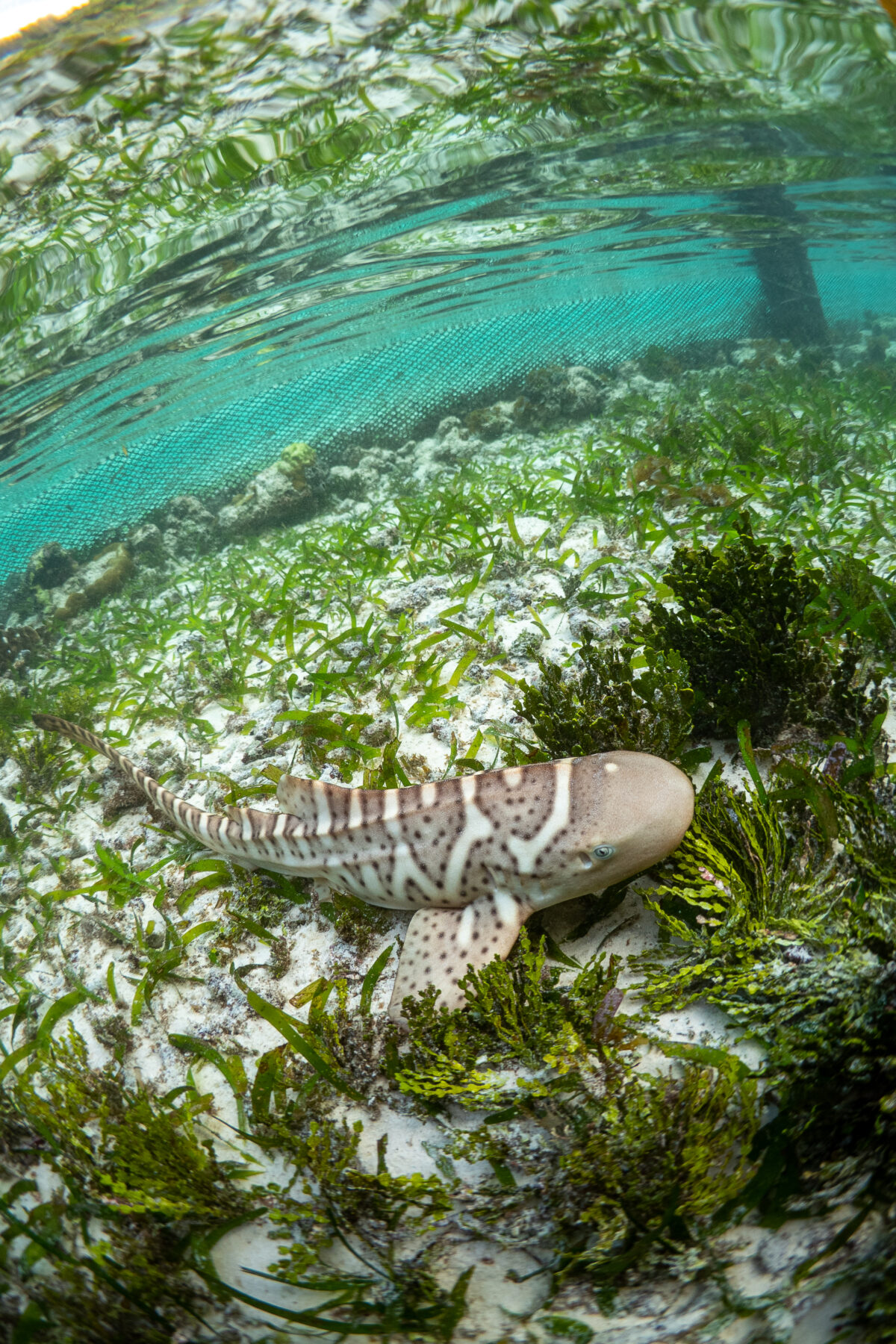
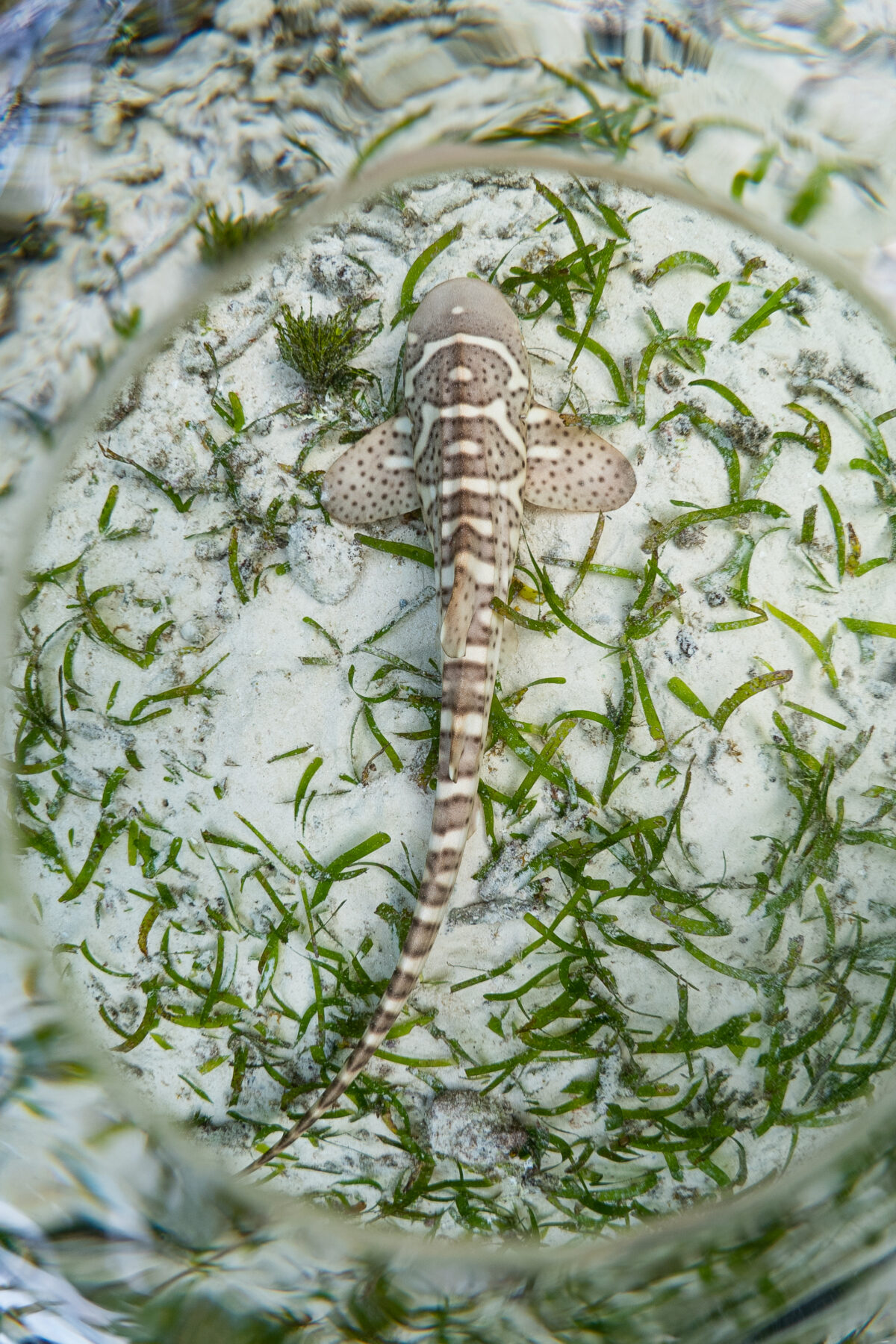
In August 2022, following a lengthy and rigorous approval process, the founder eggs from Sea Life Sydney Aquarium were chaperoned to Raja Ampat by Laura Simmons, regional curator for Sea Life Australia/New Zealand. A few months later, in January 2023, two of the four successful hatchlings – Charlie and Kathlyn – were released at Wayag, an MPA in northern Raja Ampat, before a gathering of government officials including indigenous Kawe people, who manage Wayag. Several celebrity wildlife advocates were also present, including actor Harrison Ford. Female sharks Audrey and Mali were next off the rank, released in February and July 2023 respectively. The release of Claudio in November 2024, one of 12 sharks hatched from 21 eggs donated by Cairns Marine in Far North Queensland, brought the number of pups released in Raja Ampat to 20. Two aquariums in the United States have also donated viable eggs to the project.
Critical to the project are the non-profit arms of two longstanding Raja Ampat dive resort operators: Papua Diving and Misool Resort, which each run an on-site leopard shark nursery. On Kri Island in Raja Ampat, net profits from Sorido Bay Resort and Kri Eco Resort, both run by Papua Diving, support the Raja Ampat Research and Conservation Centre (RARCC).
At the end of a long wooden jetty that meets the edge of the reef at Sorido Bay, a traditional-style thatched hut housing RARCC’s leopard shark nursery buzzes with activity as staff monitor tanks housing collections of shark eggs, hatched pups and live leopard shark food including gastropods. Resort guests are welcome to drop in to learn about the project and observe the adorable pups with their zebra-like black-and-cream markings, which slowly morph into the leopard-like spots seen on mature adults.
The juvenile leopard sharks graduate to ‘sea pens’ as a food source on the local reef to acclimatise to the ocean environment before being released after they’ve grown to about a metre in length. A second nursery is operated by the Misool Foundation at Misool Resort in southern Raja Ampat.
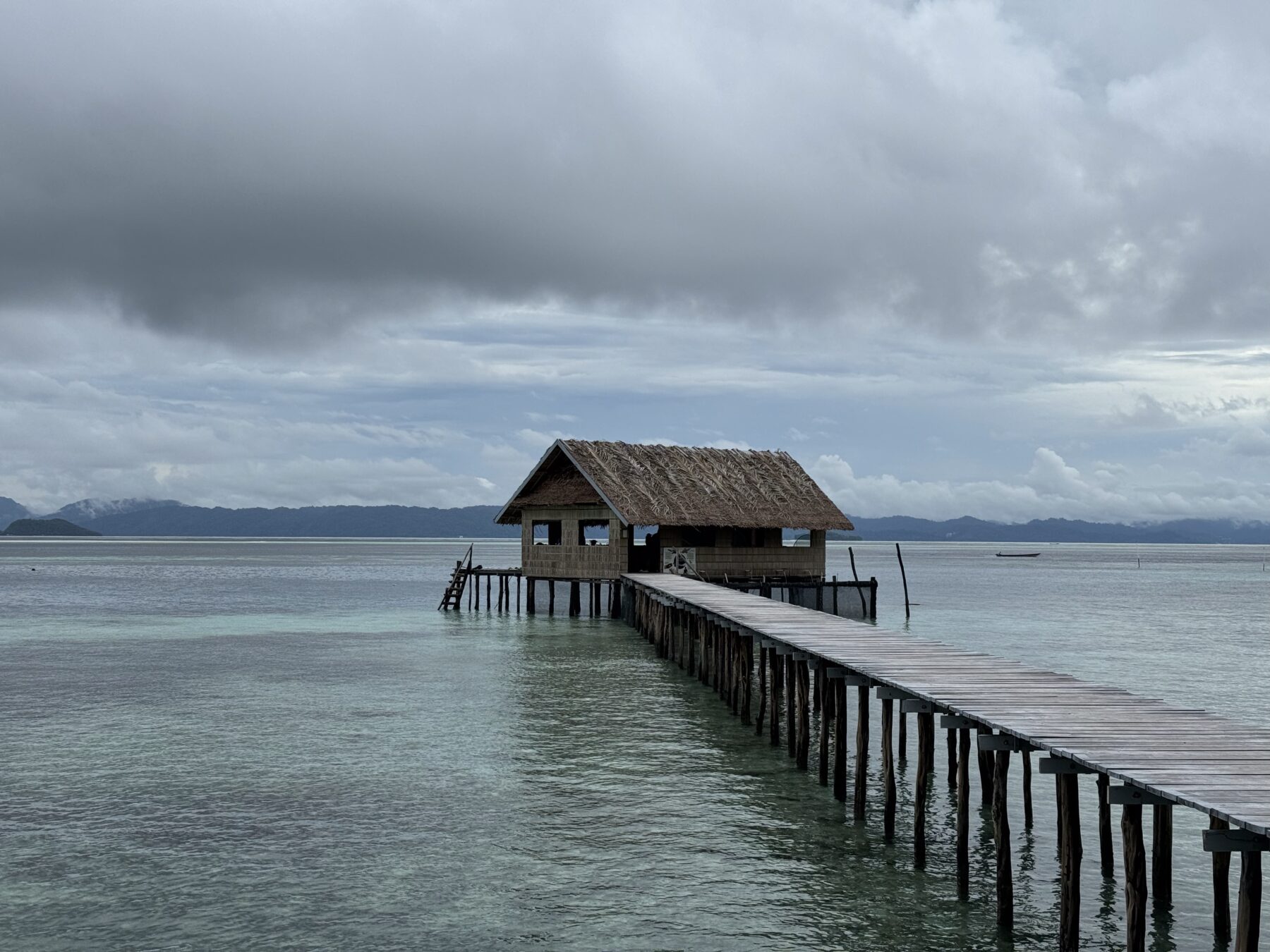
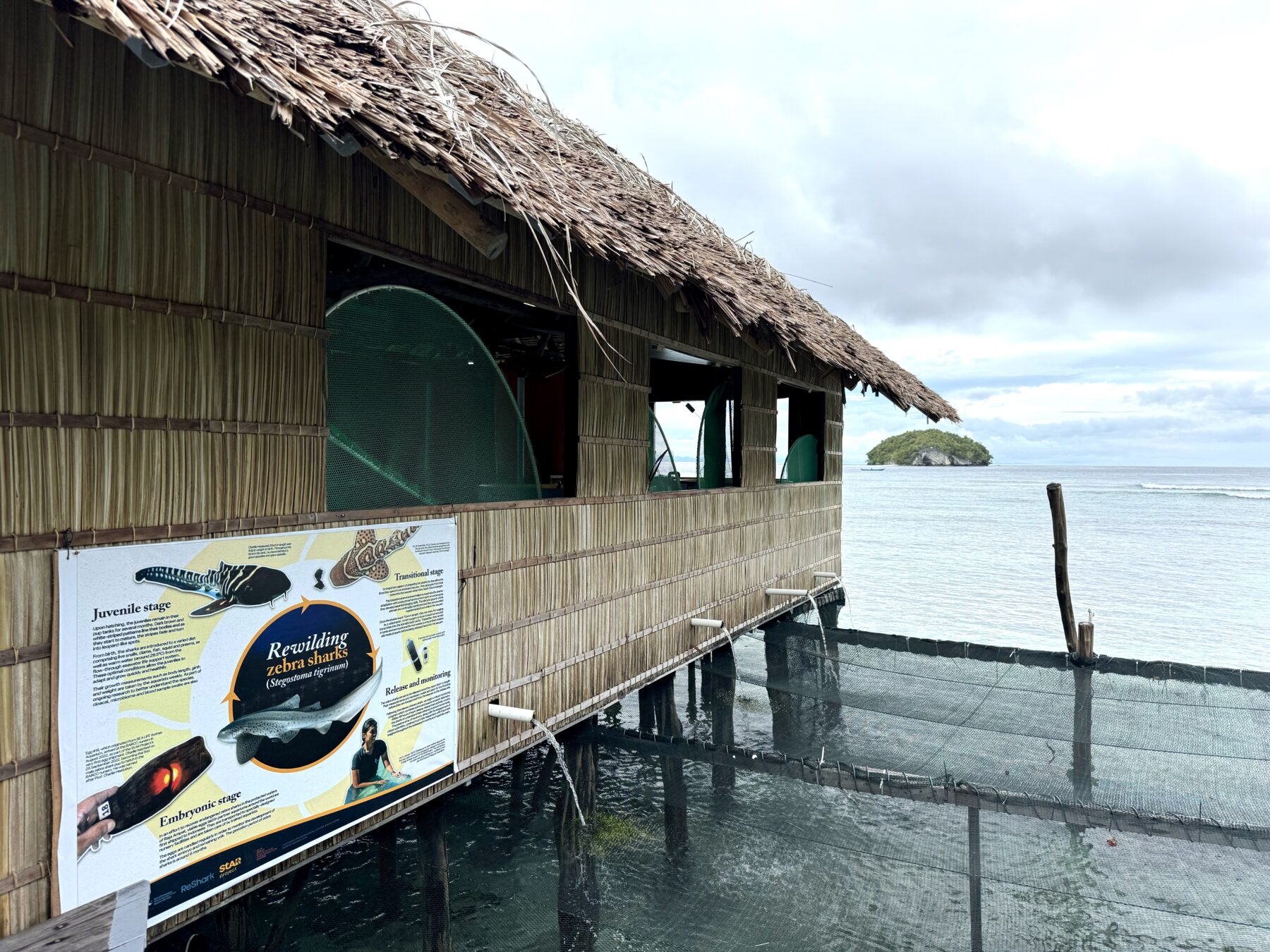
The pups are fitted with acoustic tags before their release, which, along with sightings shared by local villagers and recreational divers, assists with monitoring. Divers and snorkellers in Raja Ampat are encouraged to contribute by uploading photographs of sightings to the Spot the Leopard Shark website.
An important step in greenlighting the project was a population viability analysis (PVA) conducted by ReShark and the IUCN SSC Conservation Planning Specialist Group, which was informed by data generated throughout Christine’s two decades of research. The PVA suggested that the release of 500 individuals during 10 years would establish a healthy, self-sustaining local leopard shark population in Raja Ampat, so there is much work yet to be done.
For StAR project manager Nesha Ichida, a marine conservation scientist from Jakarta with Indonesian environmental group Thrive Conservation, there’s never a dull moment on the job. “I could be fixing the plumbing of the nursery one day and dealing with egg shipments or writing grant proposals on another, and then conducting post-release monitoring the next week,” she says.
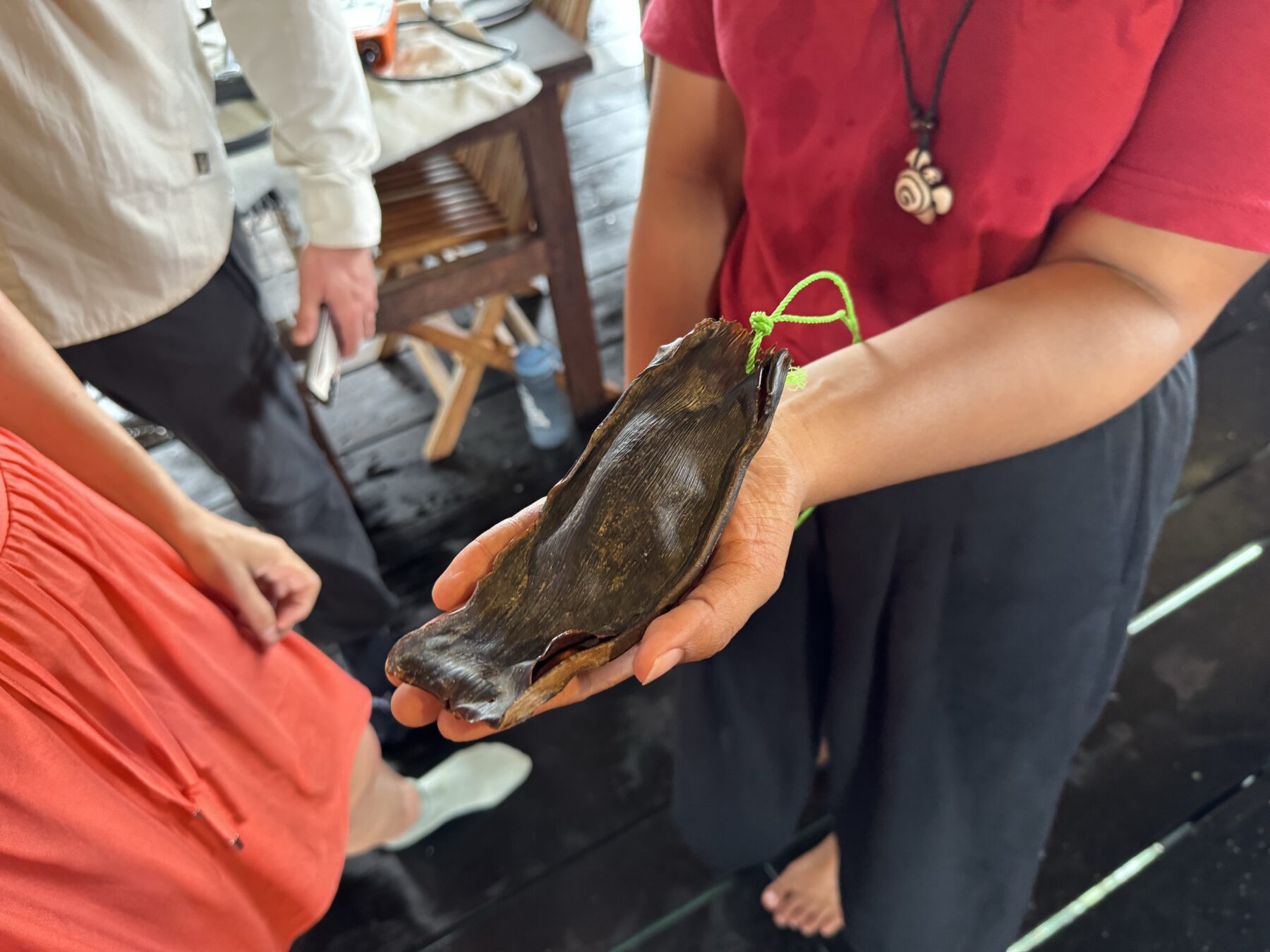

The Raja Ampat community has been essential to the project’s success. “This project is only possible because local communities, government, NGOs and private sectors have done the work to protect Raja Ampat properly and get it to a state where other shark species have rebounded,” Nesha says. “To be part of a tertiary level of conservation, in a place where we can say that it is better now than it was 20 years ago, is a true privilege for me.”
The StAR project, which recently expanded to Thailand with the local activation of the Spot the Leopard Shark citizen science initiative in May 2024, is now catalysing other marine conservation efforts.
“Last year I was invited to present and participate in a workshop with Indonesia’s Ministry of Marine Affairs and Fisheries, local government, and shark and ray research and conservation groups to essentially start the process for having leopard sharks fully protected in Indonesia,” Christine says. “In Thailand, the StAR project has led to full species protection being legislated.”
At a time when global biodiversity is declining at an alarming rate, Christine says the StAR project is like a little beacon of hope: “To have this platform to encourage conservation work at a bigger scale is, to me, really extraordinary.”
